Sidebar
José Ernesto GOMEZ BALDERAS (HDS)
PhD title:
Localisation et commande embarquée d’un drone en utilisant la vision stéréoscopique
Co-advisor: Rogelio LOZANO
Grant from Mexicain Government
Location: Heudiasyc
Date PhD finished: November 28th, 2011
Current position: MdC at GIPSA Lab since 2013
Abstract
Visual servoing is a control approach based on visual information. In this thesis,
visual servoing schemes are proposed to control a quadrotor and an octarotor applied
to positioning and navigation task. Concerning the quadrotor we use a hierarchical
control scheme whose inner-loop (fast dynamic) focuses on attitude dynamics, while
outer-loop (slow dynamics) deals with translational dynamics.
Also, a nonlinear controller based on separated saturations for a quadrotor is
proposed to stabilize it attitude. The linear position and velocity of the rotorcraft are
obtained by using a vision-based algorithm via a monocular caméra. The dynamic
model of the quadrotor is presented using the Newton-Euler formalism.
In other vision system, two cameras are used to estimate the translational position
and velocity of the vehicle. Position was obtained using a frontal camera looking
at a target placed on a wall. Quadrotor velocity was estimated using a camera pointing
vertically downwards running an optical flow algorithm. Experimental tests
showed that the quadrotor performed well at hover flight using the proposed vision
based control system.
– Quadrotor vision-based
The same system was used to estimate the 3D position of the quadrotor over
a trajectory using vanishing points. The performance of the vision and control
algorithms has been tested in a real application by a quadrotor tracking a line
painted in a wall. Similarly the velocity estimation is obtained using an optic
flow algorithm. The estimated position and velocity information obtained
from the vision system is combined with the angular rates and displacements
of the inertial measurement unit to compute the control inputs. It has been
shown that the proposed control scheme achieves the tracking objective of
the visual reference.
– Octarotor vision-based
In this thesis, it is presented a visual feedback a control of an octarotor
using image-based visual servoing (IBVS) with stereo vision. Autonomous
control of an UAV requires a precise measurements and/or estimation of the
vehicle’s pose and also the knowledge of its surrounding environment. In
order to control the orientation and the position of flying robot with respect
to a target, we propose to use a navigation system based on binocular vision
system combined with inertial sensors. This combination of sensors, allows
us to get a complete characterization of the state of aerial vehicle. In other
words, using the stereo vision system we are able to estimate the UAV’s
3D position, while from the inertial sensors we obtain the orientation of
rotorcraft. A semi-embedded navigation system combining stereo vision with
inertial information is proposed.
The hierarchical control approach is appropriate to stabilize the 6DOF dynamics
of the quadrotor, it takes advantage of the time scale separation between rotational
(fast) and translational (slow) dynamics. For this reason, despite the lower frequency
rate of vision-based measurements is able to stabilize in real-time the quadrotor
translational dynamics. This combination of measurement strategies has many advantages
because one works very well at low speeds (vision system) and the other at
high speeds (inertial sensors). Both work at different sample rate. Taking advantage
of this property we have obtained a simplified dynamical model of the rotorcraft.
This model is given by six independent double integrators which have been stabilized
using proportional-derivative (PD) control. The real-time experiments have
shown an acceptable performance of the flying machine applying the control law
and sensing system proposed.
An embedded control system for the mini rotorcraft is implemented. The control is validated by experimental tests. Experimental results show that the implementation of the control law on an embedded control system is satisfactory for autonomous hovering in indoors and outdoors with light or no wind. Real time experiences are developed to validate the performance of navigation systems proposed. This work highlights the potential of the computer vision based position control strategies for UAV.




